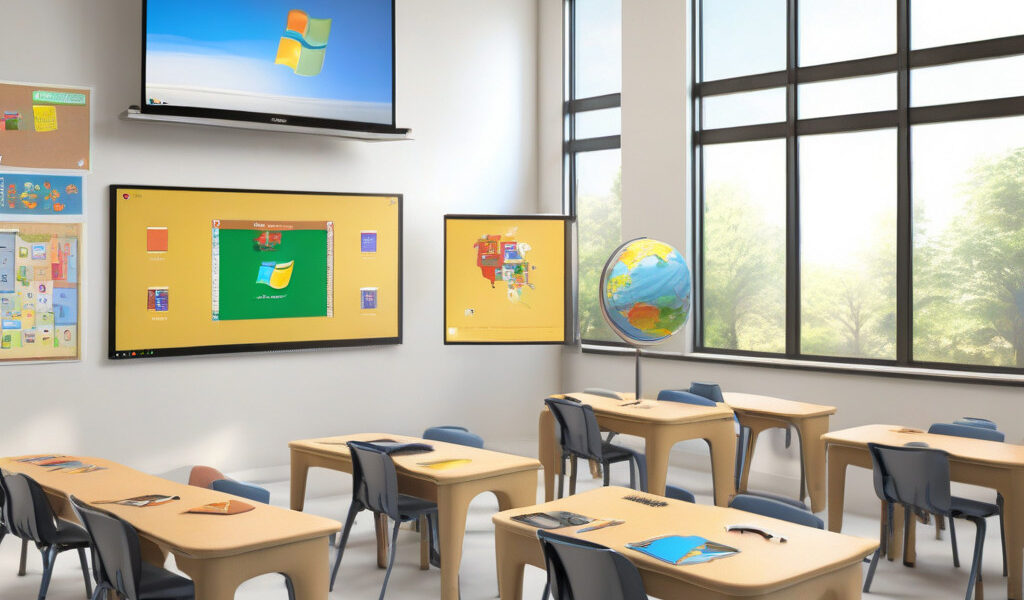New ChromeOS Classroom Features: Enhancing Accessibility and Learning Experiences
Google has recently unveiled exciting new features for its Chromebooks, designed to revolutionize the classroom experience. These innovative additions, such as facial gesture controls and enhanced classroom tools, are set to not only improve accessibility but also elevate learning experiences for students and teachers alike.
One of the standout features of the new ChromeOS update is the integration of facial gesture controls. This cutting-edge technology allows users to navigate their Chromebooks using simple facial expressions, opening up a world of possibilities for individuals with mobility issues. For students who may have difficulty using traditional input methods, such as keyboards or touchscreens, facial gesture controls offer a more intuitive and accessible way to interact with their devices.
Imagine a student with limited mobility being able to scroll through educational materials or participate in virtual lessons using just a smile or a wink. These facial gesture controls not only make learning more inclusive but also empower students to engage with their studies in a whole new way.
In addition to the groundbreaking facial gesture controls, Google has also enhanced its classroom tools to facilitate better communication and collaboration among students and teachers. Features such as real-time feedback mechanisms, interactive whiteboards, and seamless file sharing capabilities are now integrated into the ChromeOS ecosystem, making it easier for educators to create engaging and dynamic learning environments.
For instance, teachers can now provide instant feedback on assignments, quizzes, or projects, allowing students to learn and improve in real time. Interactive whiteboards enable collaborative problem-solving and brainstorming sessions, fostering creativity and critical thinking skills among students. Furthermore, the seamless file-sharing capabilities streamline the process of distributing educational materials and collecting assignments, saving valuable time for both teachers and students.
These new classroom features announced for ChromeOS are not just about incorporating the latest technological advancements; they are about enhancing the overall educational experience. By leveraging these innovative tools, educators can create more inclusive and engaging learning environments that cater to the diverse needs of students.
As technology continues to evolve, so too must our approach to education. The new features introduced by Google for Chromebooks represent a significant step forward in leveraging technology to improve accessibility and learning experiences in the classroom. By embracing these advancements, educators can unlock new possibilities for their students and empower them to succeed in the digital age.
In conclusion, the new classroom features announced for ChromeOS are set to revolutionize the way we teach and learn. From facial gesture controls to enhanced classroom tools, these innovations are paving the way for a more inclusive, interactive, and engaging educational experience. As we continue to embrace technology in education, the possibilities for enhancing learning experiences are endless.
#ChromeOS #Google #ClassroomFeatures #Accessibility #Innovation












